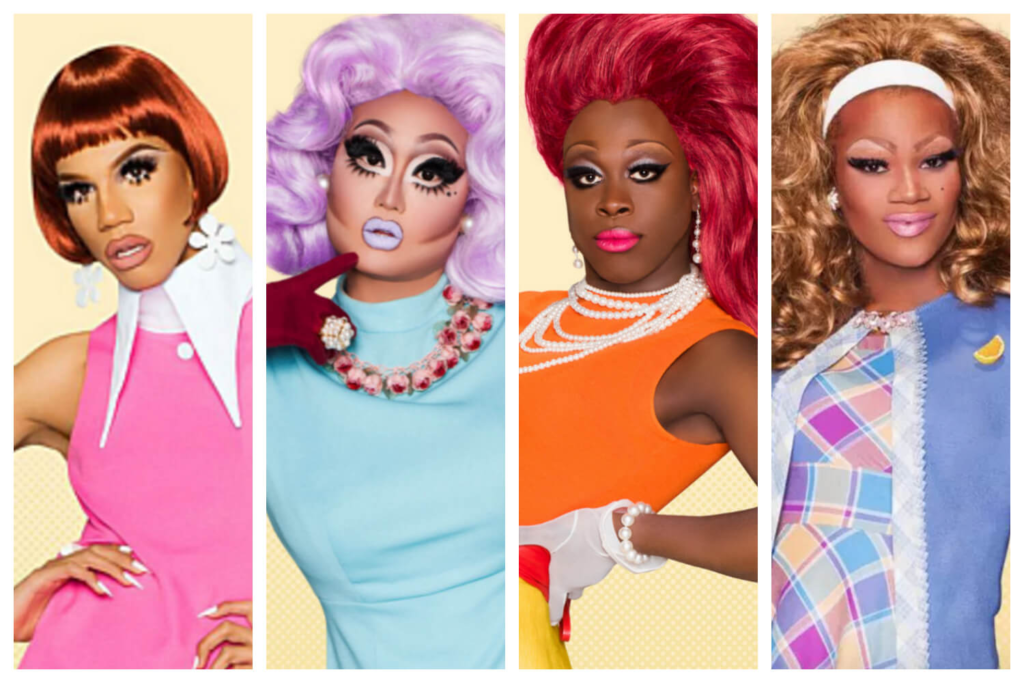Abstract: The drag community has many terms that they use to define themselves. These terms are a way of defining the many types of drag. Is the language that the drag community uses important? What do the terms mean and how do they relate to drag?

Drag is not just men wearing wigs and a lot of makeup to entertain on stage, it is much more than that. Drag is a community with its own culture, mannerisms and dialect. People in the drag community use terms to define themselves and others. The use of these terms not only provides useful definitions of different types of drag, but it is also a way to integrate themselves within the community. Knowing the language of drag puts you in that community.

There are many different types of drag that one can identify themselves with. “Drag Queens” are typically men who try to portray women and femininity. “Drag Kings” are women who dress up as men. “Bio-queens” are women, who dress up as women. These are just a few the terms drag artists define themselves as. There are Transgender queens, comedy queens and many more. The label that these drag artist define themselves as defines their status in the drag community. Identifying yourself as a drag queen has very different connotations then identifying yourself as a bio queen. Who you are in the drag scene matters to many people. Take for example drags queens vs drag kings. In this article, Emily Shapiro states that “drag kinging is fundamentally different from queening. Others assert that the combination of lesbian invisibility within gay culture and the social naturalization of white masculinity inhibited the development of a main stream drag king culture in the United States.” How you define yourself and the term you use matters.

The drag community uses terms to define their drag. Realness is described by Jonathan Borge as “The ability to embody the truest version of something or someone, usually when referring to the opposite sex.” In competitions drag queens are often judged on their realness. Origins of this term suggest that these early realness competitions were about pretending that you had reached a higher social status, a status that society would not allow you to reach as a gay man or lesbian. In this article by John Schacht, Schacht says that “In the setting of the ball, participants convincingly present themselves as having the status and prestige our society so forcibly denies them.” The drag community uses terms to identify realness. Brandon Michaels talks about drag terms in his article. Fishy is “a complimentary term used to describe a very convincing and feminine drag queen. A reference to the smell of a woman’s vagina.” Drag artist will use “fishy” to compliment each other. Using the term “Fishy” among drag queens is a very big compliment and provides a sense of bonding among each other.
It is impossible to cover all the terms that the drag community uses in this article. The important thing to note is that drag terms are a way defining drag as a community. Drag is its own culture with its own set of rules, regulations and customs. As a community that is in the minority and has been oppressed in society, drags own language is extremely valuable to its members.
Awesome job on this post! Drag’s vocabulary can be so confusing to understand and keep track of. I think you did great clearly explaining these terms.
Great post! There is so much vocabulary to drag it’s almost like a new language so being able to explain this to people outside of the community is a great skill.
I liked how you added the drag term of “fishy” in your post! I always hear when people use that word and it’s so cool how its used as a compliment in the drag world to other queens. I also liked how you said that there were just so many terms to cover, sometimes it can be so hard to try and remember them all!